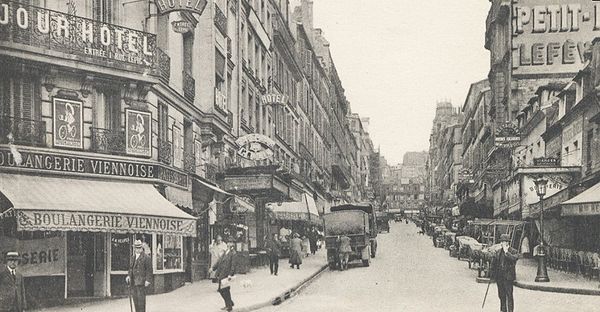 As part of a recent wonderful dinner with family and friends, the topic of Woody Allen’s new movie Midnight in Paris came up. As an aside, I appreciate greatly the conversations that revolve around my family dinners. They have always been the birthplace of wonderful memories and unique conversations that abound out of the great trough of creative experiences that has been our life cinema; the food, the wine, the places, and the people. And so it was with this dinner. Woody Allen has put forth a movie of time travel that interjects Owen Wilson into 1920’s Paris where he meets Hemingway and other characters of 1920’s Paris
As part of a recent wonderful dinner with family and friends, the topic of Woody Allen’s new movie Midnight in Paris came up. As an aside, I appreciate greatly the conversations that revolve around my family dinners. They have always been the birthplace of wonderful memories and unique conversations that abound out of the great trough of creative experiences that has been our life cinema; the food, the wine, the places, and the people. And so it was with this dinner. Woody Allen has put forth a movie of time travel that interjects Owen Wilson into 1920’s Paris where he meets Hemingway and other characters of 1920’s Paris 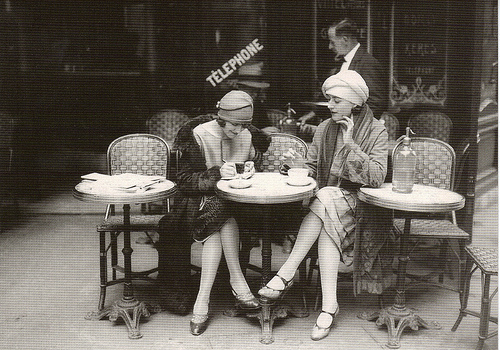 so artfully described in Hemingway’s A Moveable Feast. Putting aside Woody Allen’s need as an avowed modern liberal to somehow imply that the modern ugly American is a Republican Tea Party zealot, the movie is described as interposing the creative impulse of young Americans in Paris of the 1920’s that is the stuff of legend.
so artfully described in Hemingway’s A Moveable Feast. Putting aside Woody Allen’s need as an avowed modern liberal to somehow imply that the modern ugly American is a Republican Tea Party zealot, the movie is described as interposing the creative impulse of young Americans in Paris of the 1920’s that is the stuff of legend.
Ernest Hemingway died in 1961, and his memoir, A Moveable Feastwas published posthumously in 1964, edited by his widow and forth wife, Mary Hemingway. Hemingway discovered in the late 1950’s a collection of notebooks he had left in a trunk at the Hotel Ritz in Paris. They were vignettes from the young Hemingway describing his experiences in Paris in the 1920’s with his first wife Hadley and their interactions with fellow expatriates Gertrude Stein, James Joyce, F. Scott and Zelda Fitzgerald, and Ezra Pound. 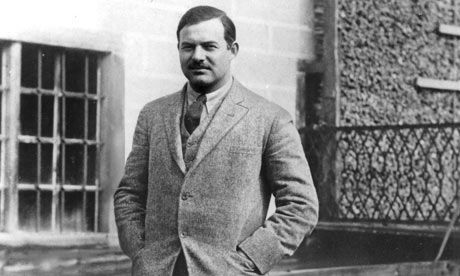 Hemingway crafted the memories into a book that was approaching a final draft when he died, and his publisher and wife determined to put it forward as one his published novels.
Hemingway crafted the memories into a book that was approaching a final draft when he died, and his publisher and wife determined to put it forward as one his published novels.
The Paris of the 1920’s comes exuberantly alive in Hemingway’s novel. The description of the ancient narrow streets, the local characters, the food, the vibrant cafe nightlife, and the innate quality of life of post-war Paris are brought to us with the vivid clarity of a master painter. Hemingway recognized more importantly that his memories were not so much of 1920’s Paris as they were a memoir on youth, where 5 dollars a day brought fantastic experiences, struggling to make something of oneself an exciting adventure not a stressful burden, and a youthful power and vitality that layered each youthful interaction with a kaleidoscopic, vibrant palette. Hemingway acknowledged that time had cleansed the mundane and negative out of his projection of the time, stating “if the reader prefers, this book may be regarded as fiction.”
Paris of the 1920s and 1930s is a kind of life that exists for us even though there are very few of us remaining that actually lived and experienced it. It is life exemplary, full of quality, adventure, civility, and living for the moment, that most of us can only dream of. Did it ever exist? Was it created by people like Hemingway and Fitzgerald to bring weight to their lifes in the eyes of others, to reflect back on their lives like they were characters in a movie? Whether Hemingway found the truth of life by writng as he termed “truthful sentences“, or describing life as he would have preferred to have lived it, he has provided for us a missal on how life should be lived, all things considered, asserting life’s journey is forever to be savoured with each wonderful moment, great and small.
I am going to go to Woody Allen’s movie, and I bet I will enjoy it, what ever the snarky little side messages. It will undoubtedly lead me , for probably the tenth time in my life, to break out and read one more time Hemingway’s little gem of a book, and acknowledge again how life lived, is A Moveable Feast.
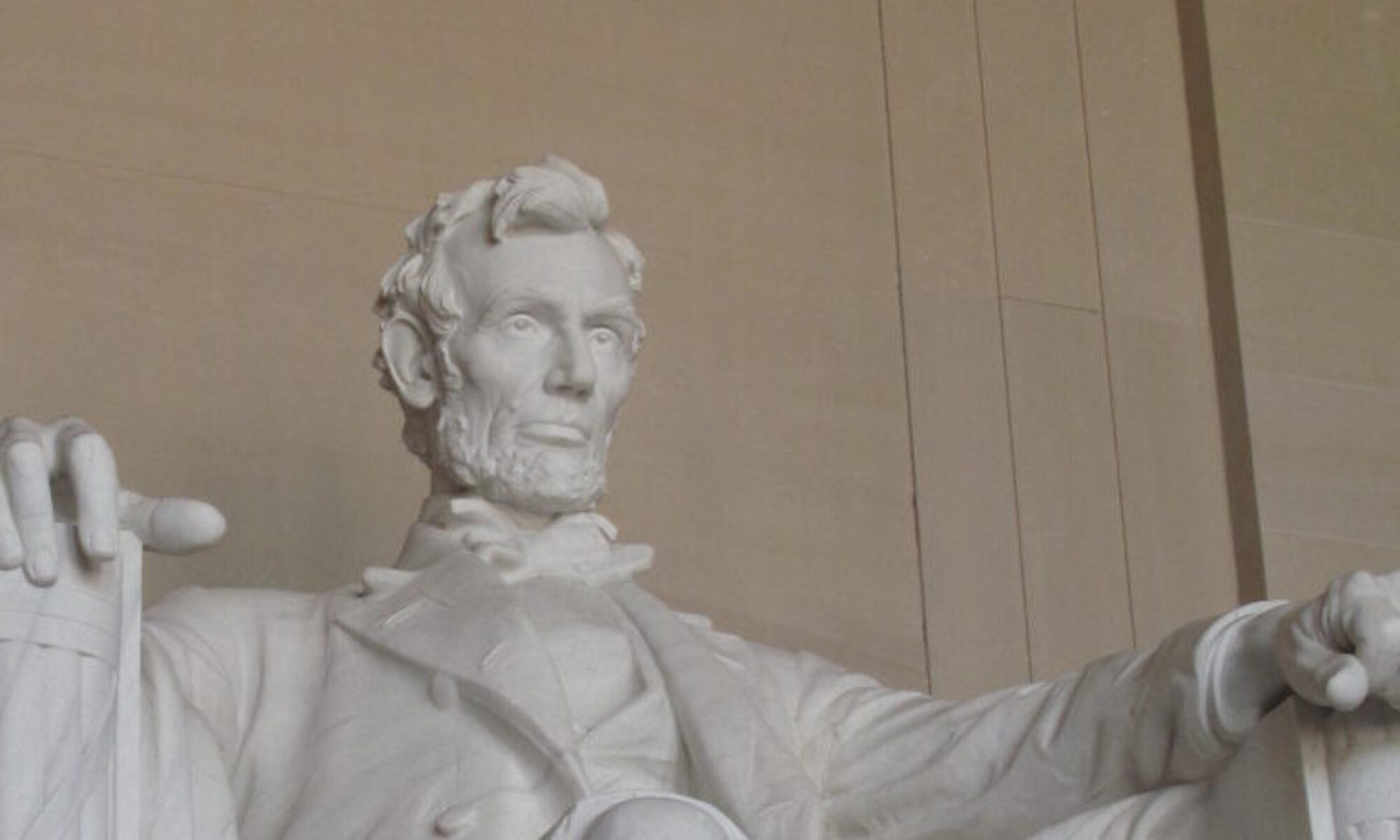
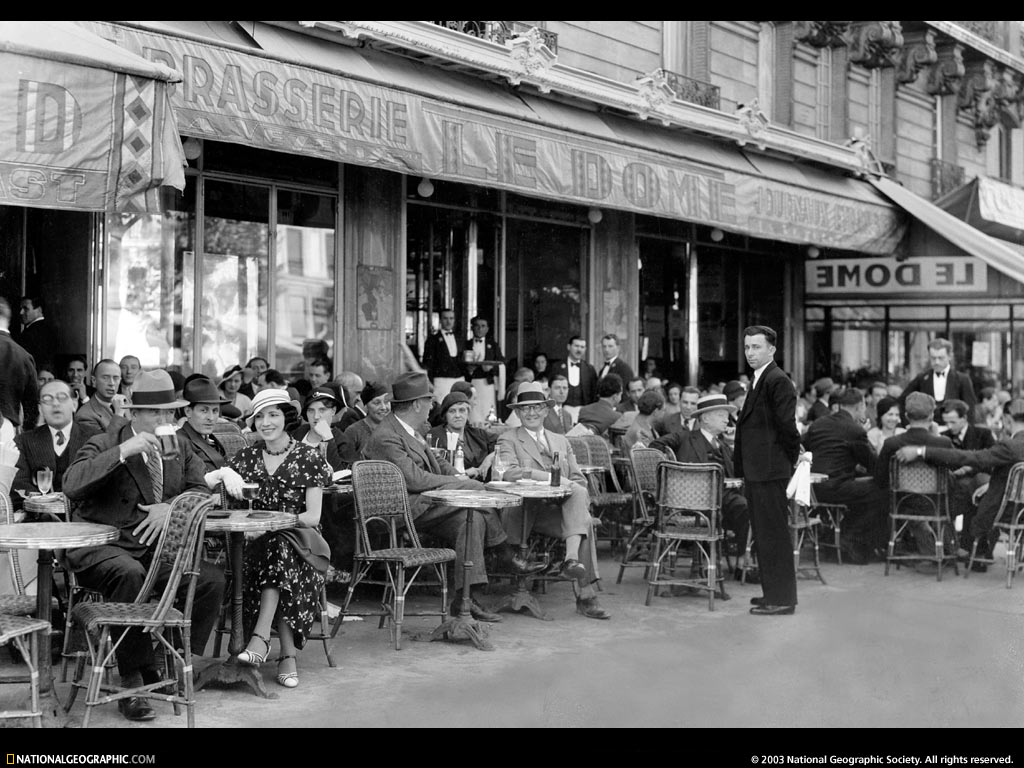
As a participant in the above-mentioned wonderful meals, with exquisite wines, good company and wonderful conversation, I feel privileged to be a part of such occasions, with BT’s family. I too will see the movie, which references such a magic golden age of the American in Paris. BTW, Hemingway was a sports reporter for the Toronto Star before moving on to Paris and his exceptional literary career, so as a Canadian by birth I would like to take credit for his no-nonsense, no frills, telegraphic prose style!!
As a writer who has read “Moveable Feast” twice, and just returned from walking Hemingway’s haunts in Paris, I, too, chose to ignore Woody Allen’s stereotypical characterization of those of us who don’t revere government as a savior.
How is it that I as a business owner, independent thinker and lover of freedom, I am stereotyped as a close-minded buffoon who doesn’t appreciate history, art, literature, food and wine? Silly.
I loved “Midnight in Paris” in spite of the cringe-worthy and close-minded characterizations of non-liberals.
I found that to be the movie’s only big flaw.